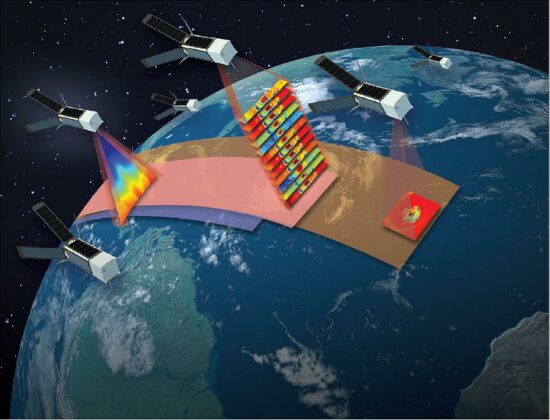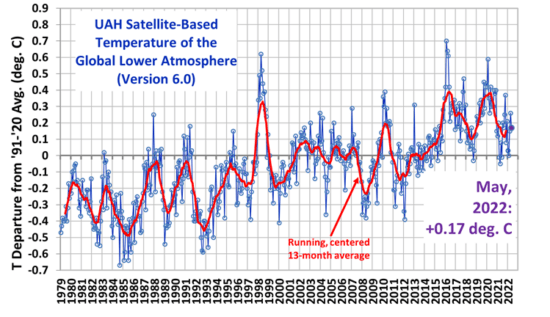…But the price per mile of EVs energy use is cheaper for the time being ($2 per gallon of gas equivalent)
Most of the electricity generated in the U.S. continues to come from fossil fuels (61% in 2021). This is not likely to change much in the future as electricity demand is increasing faster than renewables (20% of total in 2020 and 20.1% of total in 2021) can close the gap versus fossil fuels. Given that fact, it is interesting to ask the question:
Which uses fossil fuels more efficiently, an EV or ICE (internal combustion engine) vehicle?
Most of what you will read about EVs versus ICE vehicles discuss how EVs are more efficient at converting the energy they carry into motion (e.g. here, and here , and here, and here, etc.) but this is only part of the equation. The generation, transmission, and battery storage of electricity is very inefficient compared to the refining and transport of gasoline, and those inefficiencies each year add up to more than all of the gasoline consumed in the U.S.
EV Energy Usage per Mile
The average energy consumption of an EV vehicle is about 0.35 kWh per mile. At the U.S. average electricity price of $0.145 per kWh in June 2022, and assuming the 2021 average new car fuel economy of 39 mpg, this makes the ICE-equivalent fuel price of an EV $1.98 per gallon of gasoline. With the U.S. average price of gas now over $5.00 a gallon, this by itself (ignoring the many other considerations, discussed below) makes the EV attractive for month-to-month savings on fuel purchases.
But since most of this electricity still comes from fossil fuels, we must factor in the efficiency with which electricity is generated and transmitted and stored in the EV’s battery. This is how we can answer the question, Which uses fossil fuels more efficiently, an EV or ICE (internal combustion engine) vehicle?
The generation of electricity is pretty inefficient with efficiencies ranging 33% from coal and 42% from natural gas. As we continue to transition away from coal to natural gas, I will use the 42% number. Next, at least 6.5% is lost in transmission and distribution. Finally, 12% of the electricity is lost in charging of the EV battery. Taken together, these losses add up to the 0.35 kWh per mile energy efficiency of an EV increasing to 1.0 kWh per mile in terms of fossil energy being used.
ICE Energy Usage per Mile
How does the internal combustion engine stack up against the EV in terms of efficiency of fossil fueled energy use?
A gallon of gas contains 33.7 kWh of energy. But like the generation of electricity, it takes energy to extract that gallon of gas from petroleum. However, the refining process is very energy efficient (about 90%), so it takes (33.7/0.9=) 37.44 kWh of energy to obtain that 33.7 kWh of energy is a gallon of gas. At the 39 mpg gas mileage of 2021 cars, this gives an energy economy number of 0.96 kWh per mile driven, which is just below the 1.0 kWh fossil fuel energy usage of an EV. With advertised fuel economy of 48 to 60 mpg, hybrid vehicles (which are gasoline powered) would thus have an advantage over EVs.
Other Considerations
Of course, the main reason EVs are being pushed on the American people (through subsidies and stringent CAFE standards) is the reduction in CO2 emissions that will occur, assuming more of our electricity comes from non-fossil fuel sources in the future. I personally have no interest in owning one because I want the flexibility of travelling long distances in a single day.
There is also the issue of the large amount of additional natural resources, and associated pollution, required to make millions of EV batteries.
Furthermore, the electrical grid will need to be expanded to provide the increase in electricity needed. This greater electricity demand, along with the high cost of wind and solar energy, might well make the fuel cost advantage of the EV disappear in the coming years.
Finally, a portion of the true price of a new EV is hidden through subsides (which the taxpayer pays for) and high CAFE fuel economy regulations, which require auto manufacturers not meeting the standard to pay companies like Tesla, a cost which is passed on to the consumer through higher prices on ICE cars and (especially) trucks.

 Home/Blog
Home/Blog






